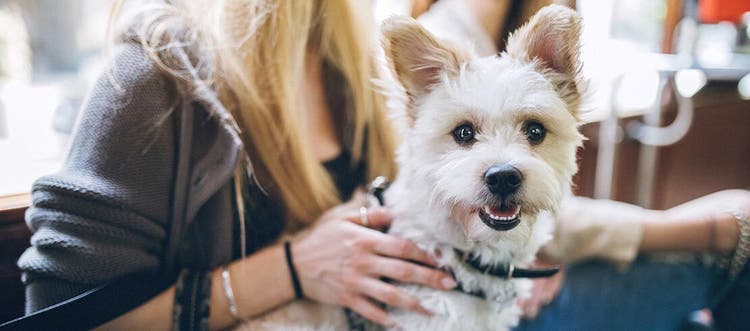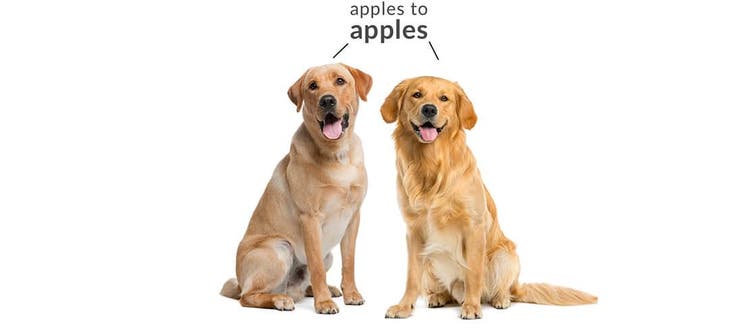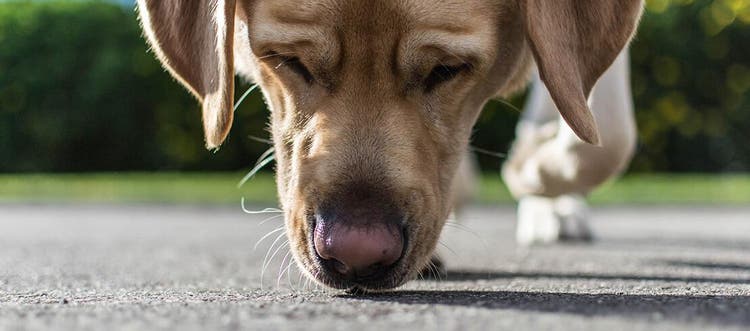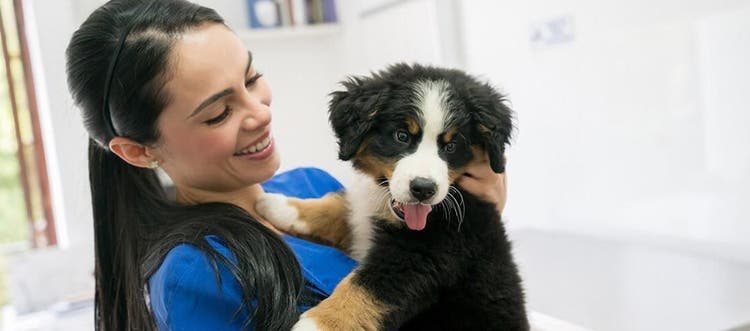Reviewed by Dr Abbie Lam DVM
Nipping is a natural expression of a puppy’s playful curiosity and a way for your pup to reduce the pain of teething. However, it’s best to curb this behaviour sooner rather than later. Teach your new puppy not to bite with these five simple lessons:
Lesson 1: No hard biting
It’s tempting to try to completely curb your puppy’s biting and mouthing from the beginning. However, doing so will skip a vital step – allowing your puppy to understand the limits of how hard they can press against skin before it becomes painful. Teaching this lesson gives your puppy a built-in inhibition against causing harm when they become stressed or scared.
To teach your puppy not to bite hard, take your cues from natural puppy play. Gentle mouthing and nibbling is natural behaviour, so let your puppy indulge in this, but when you feel a hard bite, make a yelping sound and let your hand lie still.
This will show your puppy that they’ve gone too far, and soon they will learn to adjust. Everyone the puppy plays with should adopt this strategy to make sure the puppy is constantly learning. Consistency is an important part of puppy training and will help reinforce these lessons. Eventually, your puppy will gently mouth your hands rather than nip.
Lesson 2: No teeth on skin
Now that your puppy has learned the pain threshold for biting human skin, it’s time for the next lesson: no teeth on skin. To do this, continue with the previous technique, but now you should yelp and go limp at the slightest nip. This will show your puppy that no level of teeth on skin is acceptable.
You can reinforce this training exercise through treats: hold a treat in a closed hand, and only open your hand when your puppy is not mouthing, chewing or pawing at your fingers. This will demonstrate that mouths and skin do not belong together. It may take some time and patience, but puppies are like children – they’re programmed to learn and adapt!
Lesson 3: Use toys to redirect their attention
Since chewing, mouthing and biting are natural behaviours for dogs, we don’t want to discourage them completely. Early on, puppies need to know that chewing on toys is fine, but chewing on skin is not. While your puppy is learning the first two lessons, make sure to provide plenty of chew toys so they can understand that while skin is a no-no, toys can be chewed to their heart’s content. However, it’s important that your puppy does not swallow any parts of their toys.
Lesson 4: Walk away
Puppies and young children have many traits in common: both can find it hard to focus on lessons, particularly when they’re excited. Sometimes, the best thing to do is give your puppy a little time to calm down in their playpen, perhaps with a nice chew toy. Crate training is an essential part of puppy training, and provides your pup with a place that they feel safe and secure.
Don’t think of this as a punishment, but simply a chance for your puppy to calm down. Crates and playpens should always be positive place for your pup to spend time. Training can resume when the pup feels a little more tranquil.
Lesson 5: Discourage herding instincts
Some working breeds, such as Australian Cattle Dogs, Collies or Shetland Sheepdogs, have strong herding instincts, which can lead them to nip at ankles in an effort to keep the ‘herd’ moving. If your dog does this, try to stand still so they understand that nipping ankles will have the opposite effect to their intention.
Stay calm and focused
Puppy training requires a lot of patience and perseverance. Your puppy may not understand the lessons you’re trying to teach straight away, but it’s best to remain calm and focused regardless. Shouting at your pup or scolding them may frighten them or cause them unnecessary stress which may be remembered into adulthood – and lead to the exact behaviour you’re trying to prevent.
If you think your puppy is struggling to learn your lessons about biting, then consider seeking the help of a professional trainer. Dogs that bite are a danger to you and others – and ultimately it’s your responsibility to ensure that your dog is safe to be around.






